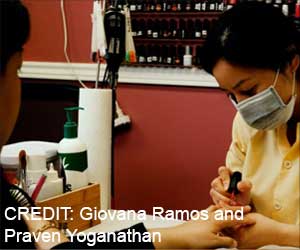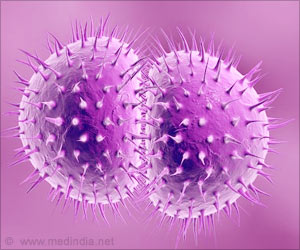
Mothers who have high levels of dental plaque are 8 times more likely to pass Candida albicans– a fungal pathogen linked to tooth decay, to their babies. These findings highlight the importance of oral hygiene for mothers, reveals a study published in PLUS ONE (1✔ ✔Trusted Source
Multilocus sequence typing of Candida albicans oral isolates reveals high genetic relatedness of mother-child dyads in early life
).
Maternal Impact on Early Childhood Candida Transmission
Candida albicans, a pathogenic fungus, has recently been acknowledged for its involvement in the development of severe early childhood caries (S-ECC). The initiation of C. albicans oral colonization begins at birth, but the extent of the mother’s contribution to yeast transmission to their children remains uncertain.
To investigate the maternal role in C. albicans oral colonization during early life, a prospective mother-infant cohort study was conducted. Oral samples were collected from 160 mother-child pairs during pregnancy and from birth to two years of age.
’
Whole-genome sequencing was employed to gather genetic information from C. albicans isolates, and the genetic relatedness between mothers and their children was examined using Multilocus Sequence Typing. Multivariate statistical methods were utilized to identify factors associated with C. albicans acquisition, including both horizontal and vertical transmissions.
In total, 227 C. albicans oral isolates were obtained from 93 (58.1%) mother-child pairs. eBURST analysis revealed 16 clonal complexes and UPGMA analysis identified 6 clades, with clade 1 being the most populated, comprising 124 isolates (54.6%). Notably, 94% of mothers and children with oral C. albicans had highly genetically related strains, emphasizing a strong maternal influence on children’s C. albicans acquisition.
Mothers with higher dental plaque accumulation had a significantly increased risk of vertically transmitting C. albicans to their infants.Additionally, Black infants and those attending daycare had an elevated risk of acquiring C. albicans through horizontal transmission.
These findings underscore the substantial role of maternal transmission in the oral acquisition of C. albicans during early life. Incorporating screening for maternal fungal oral carriage and implementing oral health education programs during the perinatal stage may prove valuable in preventing fungal transmission in early infancy.
Reference:
- Multilocus sequence typing of Candida albicans oral isolates reveals high genetic relatedness of mother-child dyads in early life – (https://journals.plos.org/plosone/article?id=10.1371/journal.pone.0290938)
Source-Eurekalert



